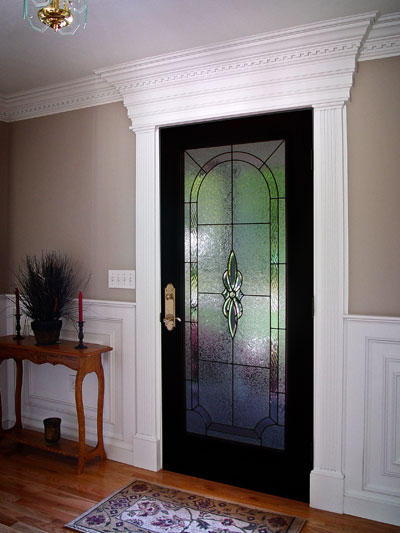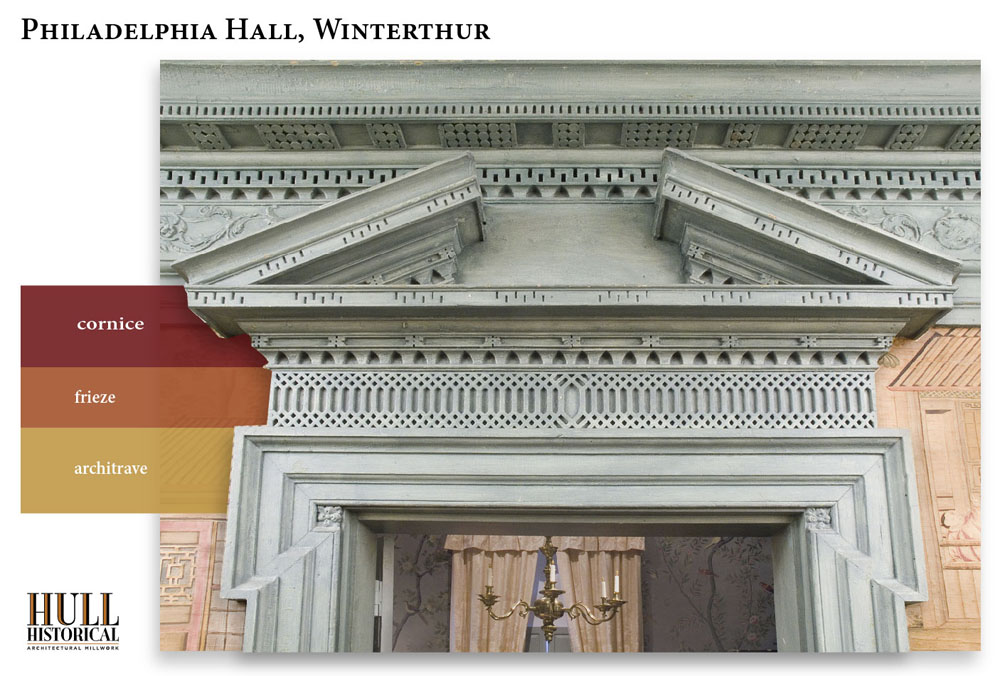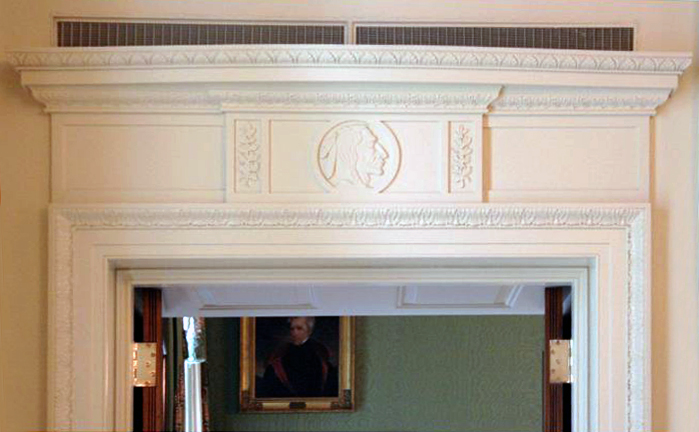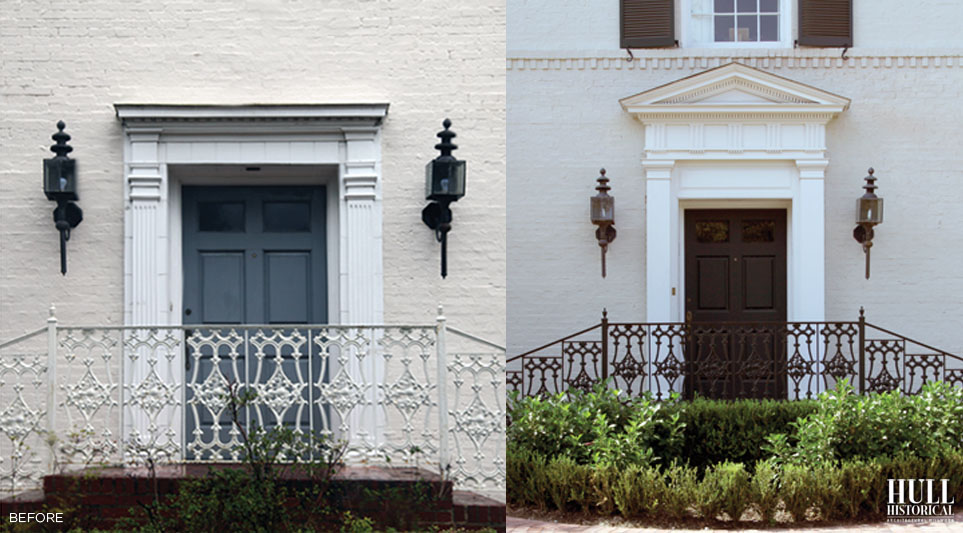3 Rules for Building a Door Header
3 Rules for Building a Door Header
Door headers are a great way to emphasize a door or window, and they help designate hierarchy and bring order to a room. However, today many people don’t know how to build them. So what makes a good door header? Why do some of them look right, and others don’t? Lets take a look at 3 things you need to remember when building door headers.
1. Use the Right Components
The 3 basic parts of a door header are the architrave, frieze, and cornice, and they must always be used in that order.

Below is an example of what NOT to do. The frieze is missing and they have seemingly replicated the architrave 3 times. Don’t ever use more than one of each component; one is all you need.

Below is a good example of an architecturally correct door header. It has all 3 components it should; an architrave, frieze and cornice.

2. Use Them Proportionally
Door headers are derived from the entablature of a column, which hold proportions that are important in all parts of building. Using the proportions correctly is essential in making sure a room looks and feels right.
Below is a photo from the White House. This is a good example of using a door header proportionally. Notice the decoration in the frieze.
If you are going to use ornamentation in your door header, the frieze is where it belongs.

Below is a before and after of the entry on a house we restored a few years ago. The original entry lacked a sense of prominence (left). By re-proportioning the door surround and adding pieces such as an architrave and pediment, the entry, and in turn the entire front of the house, was transformed.

3. Don’t Use Them Everywhere
Door headers don’t belong over every door. They give hierarchy to a room and show where the important rooms are. A door header would be appropriate over the entrance to a dining room, but not a closet.
Below is another house we worked on, and a good example of how powerful the use of a door header can be. The addition of a door header was necessary to elevate the quality of the interior and give more importance to the entryway. This door header includes a cornice, pulvinated frieze, and an architrave that is larger than the original. This space was completely transformed by using an appropriate door header.
Following these guidelines when designing or building door headers can be powerful in elevating the quality of your interiors. So remember, the 3 things you need to keep in mind when building door headers are:
- Use the right components
- Use them proportionally
- Don’t use them everywhere
Know that these are only guidelines and there are exceptions to every rule. Good luck in your designs, and let us know if you have any questions in the comments below.
_____________________________________________________________________
At Hull Millwork, our singular team of master craftsmen excel in fabrication and installation of architectural elements for commercial, civic, historic, and residential projects. View our gallery of millwork projects or contact us today about your next project.

